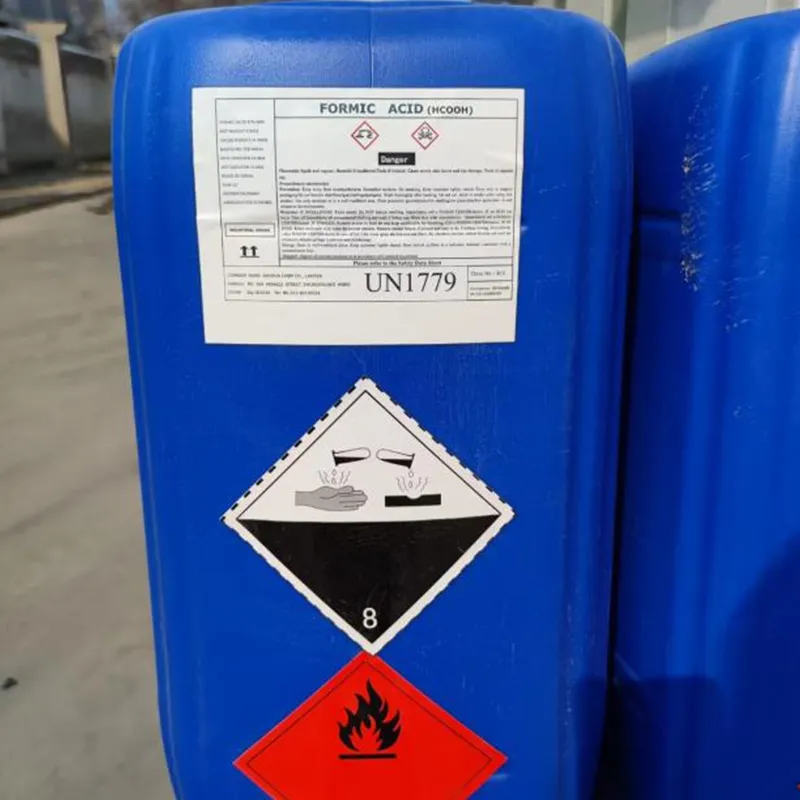
Exploring the Applications of Sodium Acid Pyrophosphate in Food Products and Industry
Sodium Acid Pyrophosphate Uses in Food Industry
Sodium acid pyrophosphate (SAPP), a chemical compound with the formula Na2H2P2O7, is a widely utilized food additive in the culinary world. Its unique properties make it a valuable ingredient in various food products, contributing to texture, leavening, and preservation. In this article, we will explore the uses of sodium acid pyrophosphate in the food industry, highlighting its benefits and applications.
One of the primary functions of sodium acid pyrophosphate in food is as a leavening agent. It is commonly found in baking powders, where it works in conjunction with baking soda. When combined with an acid, SAPP releases carbon dioxide gas, which helps dough to rise and achieve a light, fluffy texture. This reaction occurs when SAPP comes into contact with moisture, making it ideal for products that require a quick rise without the need for prolonged fermentation. Baked goods, such as cakes, muffins, and pancakes, commonly feature SAPP to enhance their volume and softness.
In addition to its role as a leavening agent, sodium acid pyrophosphate acts as a stabilizer in certain food products. For instance, it can be used in the production of processed cheese and dairy products. SAPP helps maintain the emulsification of fats and proteins, preventing the separation of ingredients and ensuring a smooth, creamy texture. This stabilization is particularly important in products like cheese spreads and sauces, where consistency is key to consumer satisfaction.
Another significant application of sodium acid pyrophosphate in the food industry is its ability to prevent discoloration in fruits and vegetables. When cut or processed, produce can undergo enzymatic reactions that lead to browning, which is often unappealing to consumers. By adding SAPP to products such as fruit salads or pre-cut vegetables, manufacturers can inhibit these reactions, extending the shelf life and maintaining the visual appeal of fresh produce.
sodium acid pyrophosphate uses in food

Sodium acid pyrophosphate also finds use in the production of meat products. It can be employed as a curing agent, enhancing flavor and color while also improving the texture of processed meats. When used in conjunction with other curing agents, SAPP can help retain moisture, resulting in juicier and more flavorful end products. Sausages, hot dogs, and deli meats often contain SAPP for these reasons.
Moreover, SAPP is valued for its role in maintaining the pH balance of food products. The compound can act as a buffering agent, stabilizing the pH in sauces, dressings, and other liquid foods. A consistent pH level is crucial not only for flavor but also for the safety and preservation of food items. By using sodium acid pyrophosphate, manufacturers can effectively control acidity and ensure longer shelf life.
While sodium acid pyrophosphate is generally recognized as safe (GRAS) by the Food and Drug Administration (FDA), it is essential for consumers to be mindful of food additives in general. Although SAPP is used in various food applications to enhance quality and prolong shelf life, a balanced diet focusing on whole foods is always recommended.
In conclusion, sodium acid pyrophosphate serves multiple vital roles in the food industry. From its function as a leavening agent in baked goods to its ability to stabilize dairy products and prevent discoloration in fruits and vegetables, SAPP’s versatility makes it an essential ingredient. As food technology continues to evolve, sodium acid pyrophosphate will likely remain a valuable ally in the quest to improve food quality and safety.
-
Nitrile Rubber Honoring Strict Production StandardsNewsAug.22,2025
-
Aspartame Ingredients Honoring Food Safety ValuesNewsAug.22,2025
-
Fertilizer for Balanced Plant NutritionNewsAug.22,2025
-
Cyanide Gold Processing with High Purity AdditivesNewsAug.22,2025
-
Formic Acid in Textile Dyeing ApplicationsNewsAug.22,2025
-
Aluminum Hydroxide Gel in Skincare ProductsNewsAug.22,2025
-
Regulatory Compliance for Global Mining Chemicals UseNewsAug.12,2025
Hebei Tenger Chemical Technology Co., Ltd. focuses on the chemical industry and is committed to the export service of chemical raw materials.
-

view more DiethanolisopropanolamineIn the ever-growing field of chemical solutions, diethanolisopropanolamine (DEIPA) stands out as a versatile and important compound. Due to its unique chemical structure and properties, DEIPA is of interest to various industries including construction, personal care, and agriculture. -

view more TriisopropanolamineTriisopropanolamine (TIPA) alkanol amine substance, is a kind of alcohol amine compound with amino and alcohol hydroxyl, and because of its molecules contains both amino and hydroxyl. -

view more Tetramethyl Thiuram DisulfideTetramethyl thiuram disulfide, also known as TMTD, is a white to light-yellow powder with a distinct sulfur-like odor. It is soluble in organic solvents such as benzene, acetone, and ethyl acetate, making it highly versatile for use in different formulations. TMTD is known for its excellent vulcanization acceleration properties, which makes it a key ingredient in the production of rubber products. Additionally, it acts as an effective fungicide and bactericide, making it valuable in agricultural applications. Its high purity and stability ensure consistent performance, making it a preferred choice for manufacturers across various industries.





